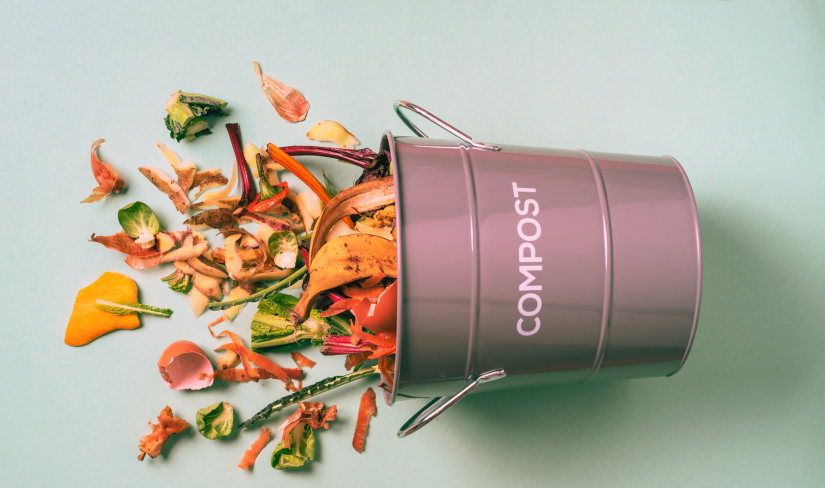Carrots, with their colorful roots and delicious sweetness, are a healthy and suitable crop for any garden. It is a satisfying experience to grow carrots from seed to harvest. Learn everything you need to know to cultivate tasty, nutritious carrots right in your own garden.
Picking the Right Carrot Variety
Selecting the appropriate carrot kinds for your garden is a must before planting. Your climate, soil, and the size and color of carrots you want are all important considerations. The four most common types of carrots—Nantes, Danvers, Imperator, and Chantenay—each have their own quirks and needs when it comes to growth.
Preparing the Soil
Carrots thrive in loose, well-drained soil with plenty of organic matter. Here’s how to prepare your soil for planting carrots
- Loosen the Soil- Use a garden fork or tiller to loosen the soil to a depth of at least 12 inches, breaking up any clumps and removing rocks and debris.
- Amend with Organic Matter- Incorporate compost, aged manure, or other organic matter into the soil to improve its structure and fertility. Carrots prefer soil with a pH level between 6.0 and 6.8.
- Remove Obstructions- Ensure the soil is free of rocks, stones, or other obstructions that may cause carrots to fork or become misshapen.
Planting Carrot Seeds
Now that your soil is prepared, it’s time to plant carrot seeds. Follow these steps for successful planting:
- Sow Seeds Directly- Carrots are best grown from seed sown directly in the garden. Plant seeds ¼ to ½ inch deep in rows spaced 12 to 18 inches apart.
- Thin Seedlings- Once seedlings emerge, thin them to ensure proper spacing. Aim for 2 to 3 inches between each carrot plant to allow room for root development.
- Keep Moist- Keep the soil consistently moist but not waterlogged during the germination period, which typically takes 1 to 3 weeks.
Caring for Carrot Plants
Carrots are relatively low-maintenance once established, but they do require some care to thrive. Here’s what you need to do:
- Watering- Carrots prefer consistent moisture, so water regularly to keep the soil evenly moist. Avoid overhead watering to prevent foliage diseases.
- Weed Control- Keep the garden bed free of weeds, which can compete with carrots for nutrients and water.
- Thinning- As carrot plants grow, thin them again to ensure proper spacing and prevent overcrowding.
- Bedding- Apply a layer of organic mulch, such as straw or shredded leaves, around carrot plants to conserve moisture and suppress weeds.
Harvesting Carrots
Knowing when to harvest carrots is crucial for optimal flavor and texture. Here’s how to tell when your carrots are ready for harvest:
- Size- Carrots are typically ready to harvest when they reach their mature size, which varies depending on the variety. Most carrots are ready to harvest when they are ½ to 1 inch in diameter at the soil surface.
- Color- Look for vibrant coloration and uniform shape as indicators of maturity.
- Texture- Gently pull a carrot from the soil to check its texture. Mature carrots should have a crisp texture and snap cleanly when bent.
Growing carrots from seeds to harvest is a rewarding experience that allows you to enjoy the fresh, flavorful taste of homegrown produce. By following the steps outlined in this guide, you can cultivate healthy, vibrant carrots in your own backyard garden. So roll up your sleeves, prepare your soil, and get ready to harvest a bounty of delicious carrots straight from your garden!













0 Comments